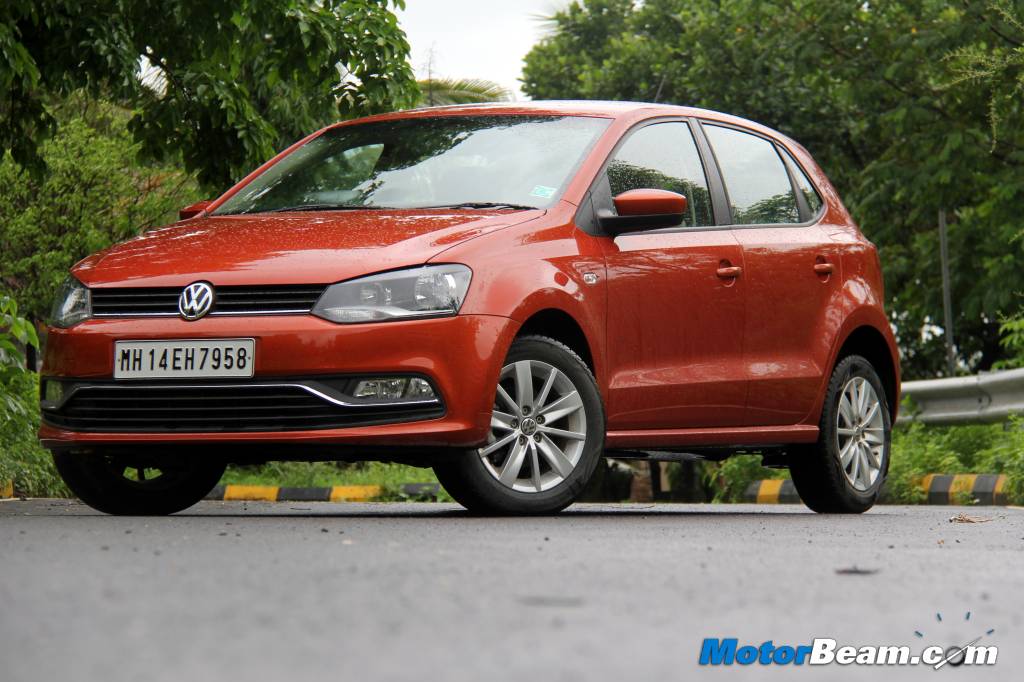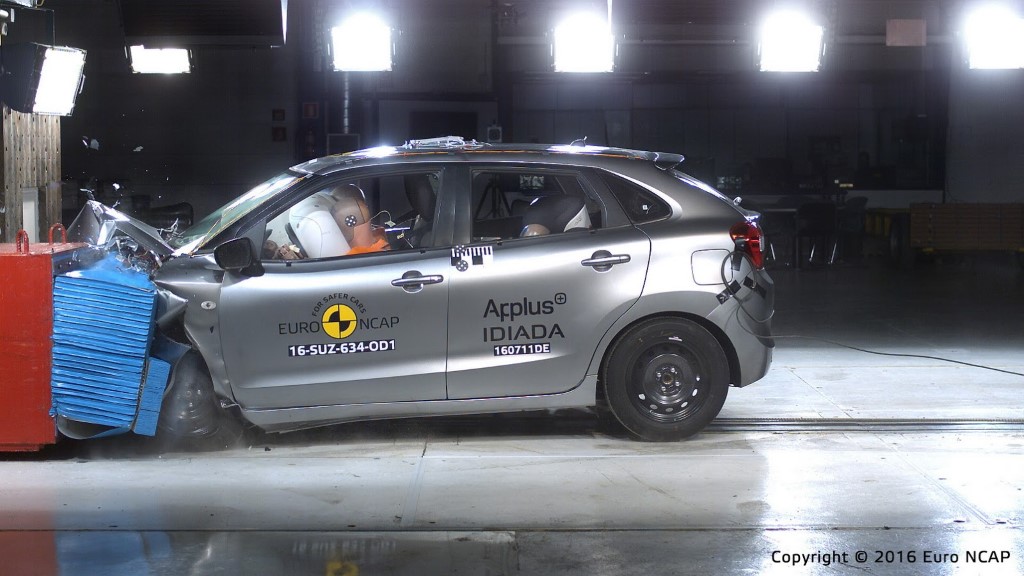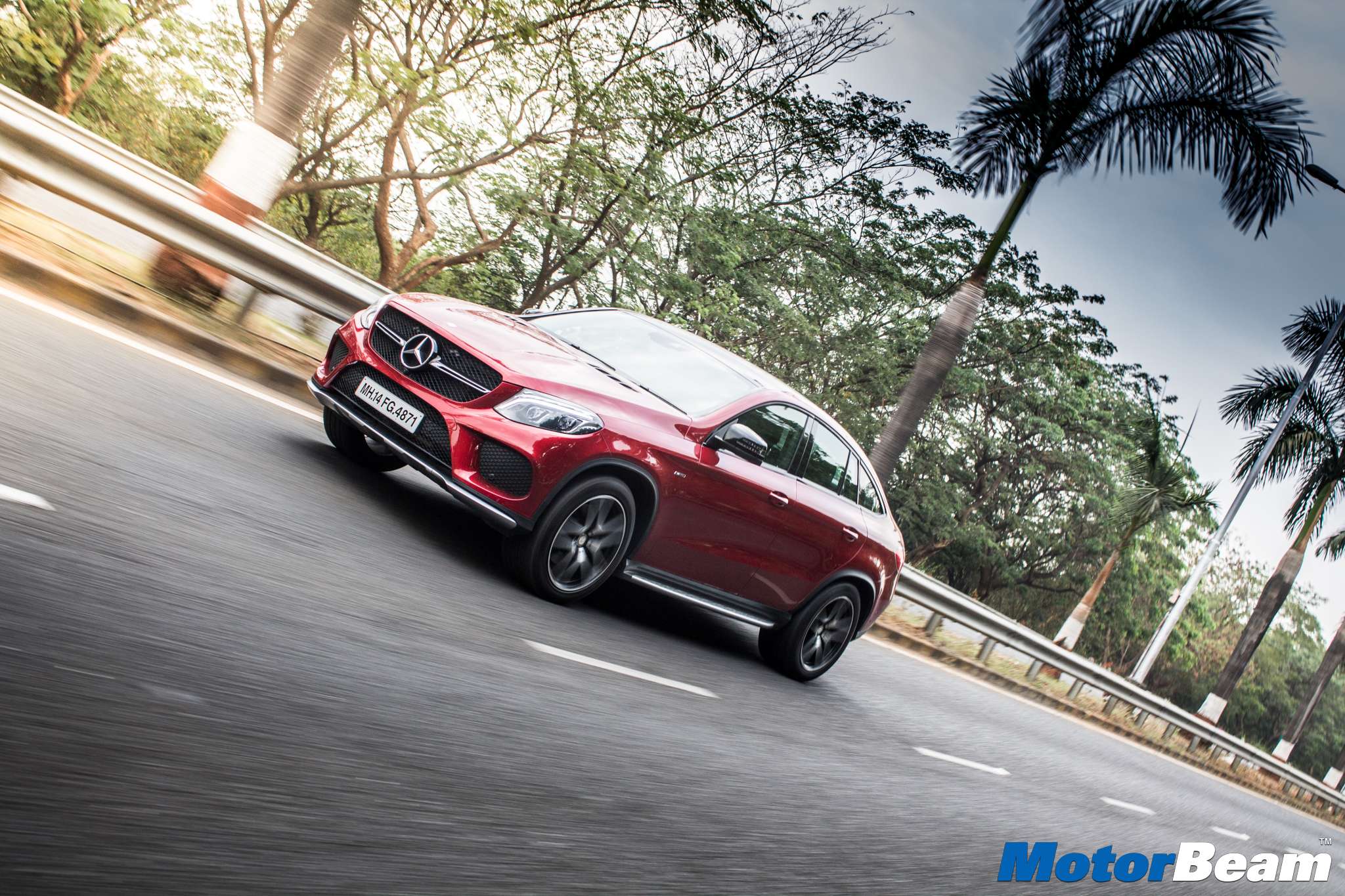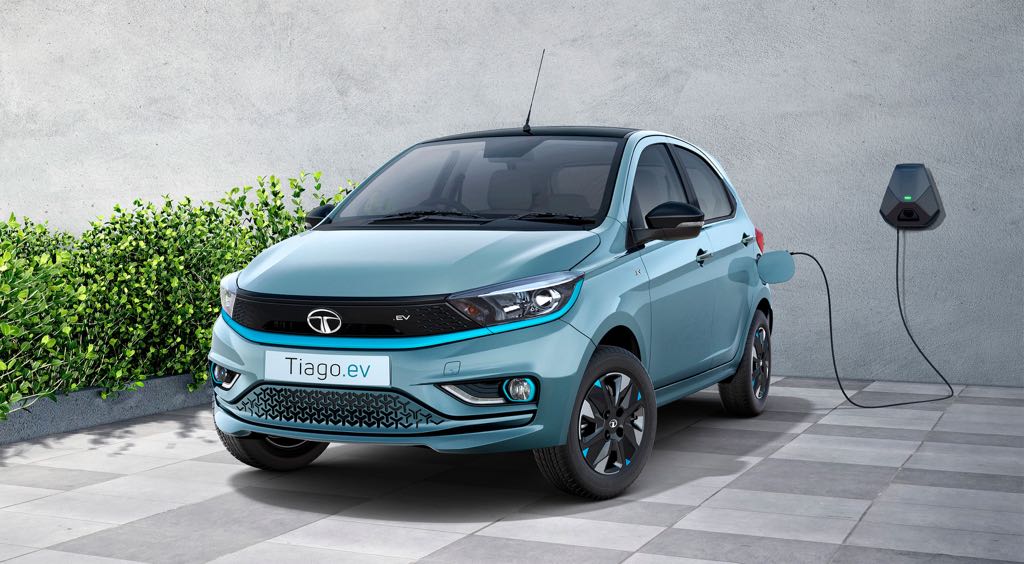
Having proper awareness of where the facts end, and where the marketing starts is crucial in making an informed buying decision. Especially decisions made based on environmental considerations. That is why today I have decided to look into the age-old claim of the environmental efficiency of electric vehicles.
The entire premise of the EV, as compared to the ICE stems from the fact that ICE cars have tailpipe emissions and EVs don’t. As a result, EVs are marketed as “Zero Emissions” vehicles.
The entire premise of the EV is based on its environmental efficiency, compared to the ICE
However, for a long time since, that marketing exercise has been debunked. We are well aware that there is an inherent carbon footprint that arises from manufacturing electric vehicles and charging them. The point of this article is to dive deeper than that and look at factors that just aren’t being spoken about as widely today.
NOTE: This is a sizeable piece, and is a culmination of months of research from my end. So, do give it a good read!
How much better are electric vehicles?
While it is true that EVs don’t have any tailpipe emissions, that doesn’t make them “zero emissions”. So the real question that we need to be asking is “how much better are EVs?” Rather than believing that electric vehicles are the silver bullet for humanity.
Factor 1: Production
So let’s take a more analytical approach here. I know there will be some numbers and boring stuff, but let’s keep it to a minimum.
From this MIT article on how much CO2 it takes to manufacture a battery, the numbers listed range from 2.4 to 16 tons of CO2. This is, once again pretty vague. However, another article tells us that a 30kWh battery costs about 5 tonnes of CO2 to make.
The reason for this vagueness is largely because of the fact that the location of manufacturing determines how much carbon footprint your batteries create.
China manufactures ~77% of the world’s lithium batteries, and they rely on coal more heavily than we do (~62% of China’s energy comes from fossil fuels, compared to ~58% for us)
So, the metric of determination of how much better EVs are itself is quite weak. However, for our purposes, let’s focus on the number of 5 tons for a 30kWh battery.
Now, 30kWh is exactly the capacity of the Tata Nexon EV: India’s best-selling EV currently. It’s an EV that shares everything except the powertrain with its ICE counterpart.
So it wouldn’t be a wrong assumption to say that the only extra carbon footprint the Nexon EV has over the ICE version is the battery. This saves a lot of trouble in terms of finding what the carbon footprint of the manufacturing itself is.
Relative Impact: 5 tons of CO2 for a 30kWh battery, or 166 kg of CO2 for 1kWh.
Factor 1: Production
Factor 2: Charging
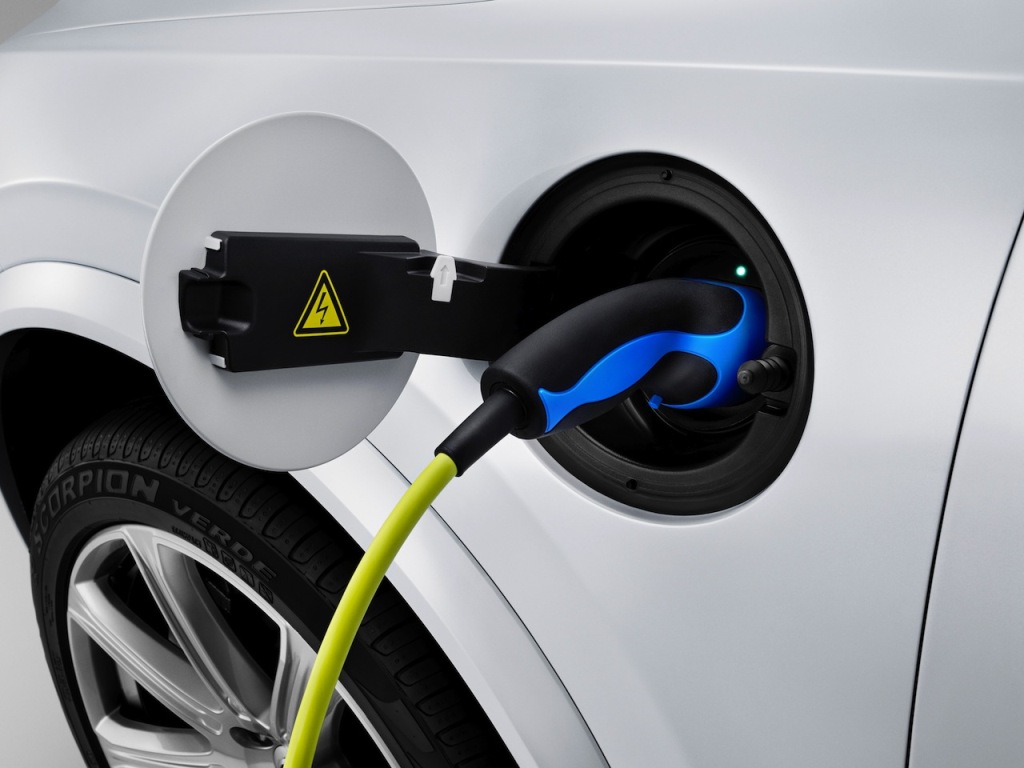
Now, I will not talk about the lack of charging infrastructure. It is not a real issue and is merely a hurdle to cross if we are doing mass adoption. Think of how many petrol stations we see today because of mass adoption. So the real question is, what is the footprint of charging?
As said before, India plugs into about 58% of fossil fuel-powered electricity. This report by the Central Electricity Authority of India pegs the fossil fuel burning at 970g of CO2 per kWh. For simplicity, let’s take around a kg of CO2 per kWh.
From this article by the EPA, a “typical” car has emissions of about 2.3 kg CO2 per litre. This heavily varies from car to car, but let’s say this is what the Nexon ICE pollutes with its 1.2-litre turbo 3 cylinder.
The Nexon ICE gives 22 km/l, so the cost per kilometre is 104 grams of CO2 per km.
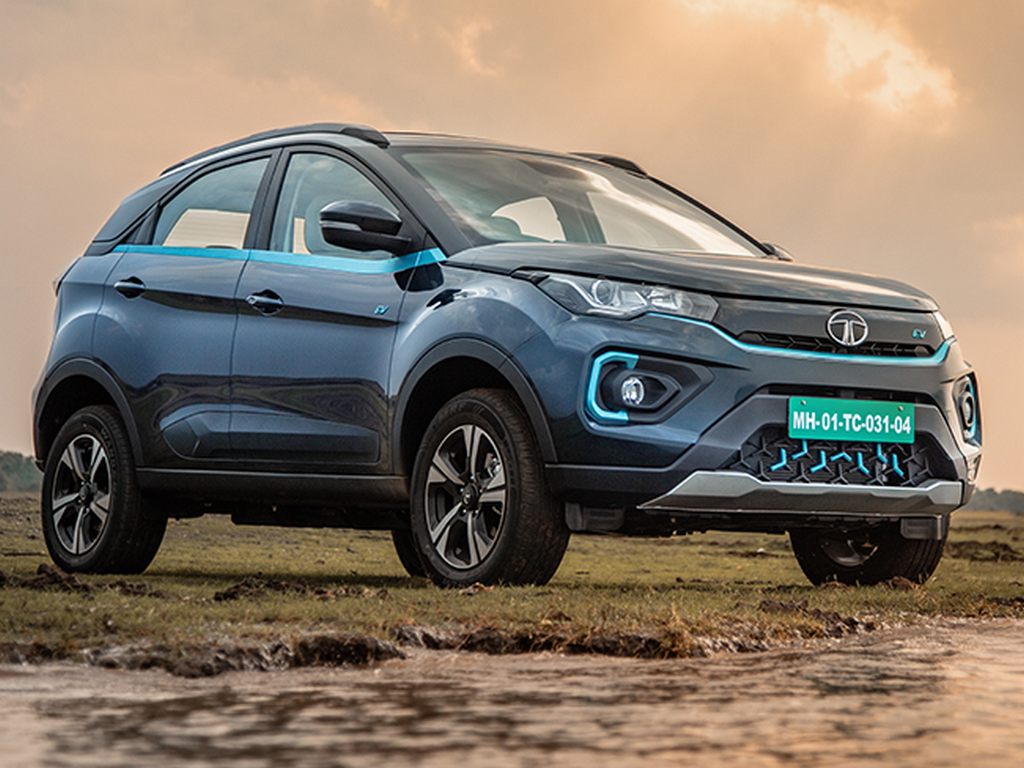
The Nexon EV goes 312 km on a single charge. This, divided by its battery capacity, shows translates to about 10.4km / kWh. Let’s remind ourselves here that 1kWh of energy costs us 1 kg of CO2 from the power grid.
We also saw that around 60% of our power grid is powered by fossil fuels. Hence, we can say that 600 grams of CO2 per kWh are being polluted. So that makes it 57.6 grams of CO2 per km.
Too many numbers? Yeah, I feel you too, but it’s a simple calculation that tells us that an EV pollutes only half as much as an ICE during running if the current numbers are to go by. This is the best-case calculation for EVs.
Currently, EVs are being adopted by people in metro cities in India, where short travel is far more common. This article from 2021 details how Mumbai’s electricity is 95% coal. So if your area is mainly coal-powered, the number for EVs becomes 96gCO2/km, which is pretty much ICE-level pollution!
But then again, we are talking about a utopian world here, where everyone adapts the EV, so, in that case, taking the average would make the most sense.
Relative Impact: 46gCO2/km less pollution from EV compared to ICE
Factor 2: Charging
When Will We Break Even?

So, an extra 5 tonnes of CO2 for the EV is produced right when the car is manufactured, however, for every kilometre that the EV drives, it makes up 46 grams relative to the ICE car.
This means that the EV will have to travel 1,00,000 km before both cars have polluted the same amount. So yes, there is a break-even, but with the current manufacturing processes, and the current split-up of the Indian power grid, it actually takes way more distance driven to even reach a neutral point compared to other countries.
You’d have to go about 1 lakh kilometers before breaking even today with an EV!
Tesla batteries average 8 years of usage, or 2 lakh km, before needing a replacement. However, much like iPhone batteries, it really depends on how you use your device. Lithium batteries lose their “Battery Health” very heavily under high loads and high temperatures, which is a commonality in India.
This is precisely why many EV scooters were blowing up in India, as the batteries were designed for use in colder weathers (again 77% manufactured in China, where it’s colder).
Many companies just rebadged those batteries, and sold them, causing very dangerous examples of thermal runaway, bursting into flames that cannot be put out by water.
Once again, assuming mass adoption, I am not considering the safety problems, as thousands of explosions every minute a few feet away from you don’t sound safe either.
However, battery health degradation is something to keep in mind for the long term, as you won’t be able to travel as far with the same full charge anymore.


